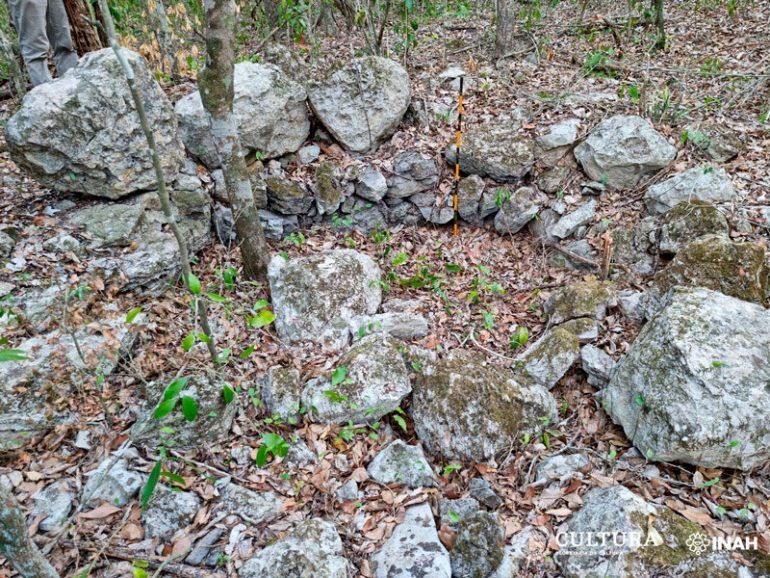Ancient Mayan city Ocomtún found in Mexico using lasers
The ancient Maya civilization of Mesoamerica is legendary, with many of its descendants still living in the region

A few minutes every morning is all you need.
Stay up to date on the world's Headlines and Human Stories. It's fun, it's factual, it's fluff-free.
The ancient Maya civilization of Mesoamerica is legendary, with many of its descendants still living in the region. It’s believed to have reached peak power and influence around the sixth century AD, but its society declined pre-colonization around 900 AD. Today, the Mayans are remembered for developing their own calendar based on their early form of astronomy and for their architecture, which included impressive temples and pyramids.The Mayans inhabited areas in modern-day Guatemala, Belize, El Salvador, western Honduras and Mexico. The Mexican Mayan territory took up parts of the Yucatán, Quintana Roo, Tabasco, Campeche and Chiapas states.
Recently, scientists worked with archaeologists in the Yucatán peninsula, making a new Mayan discovery, and they were able to do so in a pretty neat way. The ruins of a Mayan city that would’ve stood tall and impressive 1,000 years ago were found in the jungles of Campeche, thanks to the help of … lasers?
In this area, Mayan ruins aren’t exactly hard to come by. "If you get a map of the state of Campeche, and you throw a dart at it – well, where the dart hits, there'll be a Maya settlement," says Juan Carlos Fernandez-Diaz, an assistant professor at the University of Houston.
Mayan ruins used to be more evident in southern Mexico, Guatemala, Belize, Honduras and El Salvador. But, thanks to light-mapping technology (aka lasers), it’s become almost commonplace for archaeologists to discover new Mayan finds along the jungle floor in the Yucatán peninsula. Researchers apply lidar (light detection and ranging) imaging to an area from an airplane flying above. Back at the lab, they then digitally remove trees and vegetation from the laser-produced images, and they’re able to see the human-made structures that lie underneath.
And that’s how archaeologists found this entire city, which they named Ocomtún, from the Yucatec Maya word for the stone columns found all over the ancient city. Officials are saying that this city must’ve been a major hub in the Mayan empire, maybe even a political and cultural center. It would’ve been well-populated from around 250 through 900 AD (aka the Classic Mayan era). Today, its ruins lie within a nature preserve.
"These cities had been lost to time. Nobody knew exactly where they were," says Dr Ivan Šprajc, a Slovakian archaeologist who led the team that found the city. "But this [Ocomtún] was actually the last major black hole on the archaeological map of the central Maya Lowlands (the modern-day central Yucatán Peninsula). Nothing was there. There was not a single known site in an area stretching some 3,000-4,000 sq km."




Comments ()